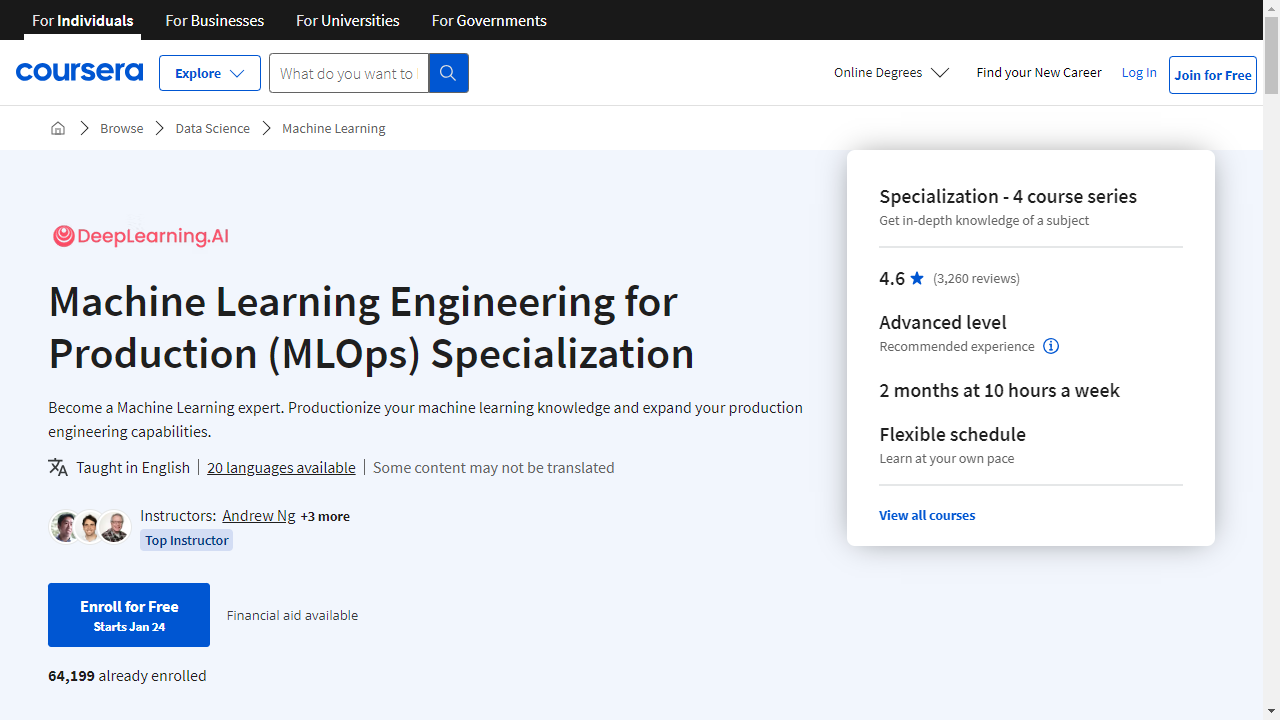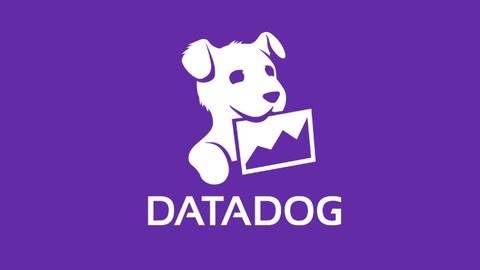
8 Best Data Visualization Courses On Udemy (2025)
Data visualization is a crucial skill in today’s data-driven world. It involves transforming raw data into insightful and engaging visuals, like charts and graphs, that reveal patterns, trends, and outliers. By mastering data visualization, you can communicate complex information effectively, make data-driven decisions, and create compelling stories with data. Whether you’re a business analyst, a scientist, or simply someone who wants to understand data better, learning data visualization can significantly enhance your abilities....








